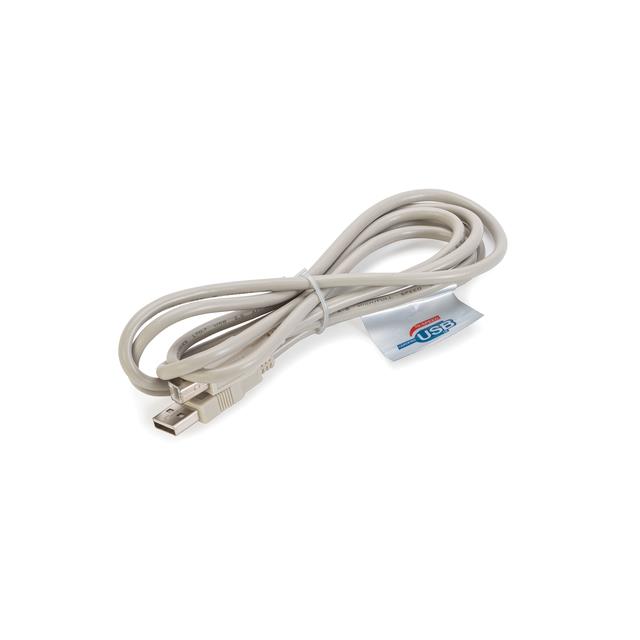
HellermannTyton
HellermannTyton is a global manufacturer and supplier of high-quality cable management and identification solutions. With a history dating back to 1935, the company has established itself as a trusted provider in the industry. HellermannTyton offers a wide range of products including cable ties, wire connectors, heat shrink tubing, cable protection systems, and labeling solutions. These products are designed to effectively secure, organize, and protect cables in various applications such as automotive, aerospace, telecommunications, and industrial sectors. Known for their durability and reliability, HellermannTyton's solutions meet international standards and are widely used by professionals worldwide. The company's commitment to innovation and quality is evident in their advanced manufacturing processes and continuous product development. With a global presence and a strong focus on customer satisfaction, HellermannTyton strives to provide efficient and cost-effective solutions that meet the evolving needs of their customers.
USB Cables
Results:
1
Series
Configuration
Specifications
Length
Color
Transfer Rate
Features
Shielding
Wire Gauge
Results remaining:1
Applied Filters:
HellermannTyton
About USB Cables
USB cables are widely utilized for transmitting data between devices or for powering and charging electronic devices. These cables feature USB interconnects on one or both ends, enabling seamless connectivity with various devices, particularly computers and external peripherals.
USB cables come in different configurations, lengths, specifications, wire gauges, shielding options, and styles, ensuring compatibility and optimal performance in diverse scenarios.
The configuration of USB cables refers to the arrangement of connectors at each end. Common configurations include female to female, female to male, male to male, female to cable, and male to cable. Each configuration serves specific purposes depending on the desired connection setup.
USB cables utilize different types of USB connectors, such as USB-A female/male, USB-B female/male, micro B female/male, micro A female/male, C female/male, mini A female/male, mini B female/male, and power male plug. These connectors have distinctive shapes and sizes, allowing them to interface with corresponding ports on devices.
The length of USB cables can vary to accommodate different spatial requirements and connectivity distances. They are available in various lengths, ranging from short cables suitable for close-range connections to longer cables that provide flexibility and convenience when devices are physically distant.
Specifications of USB cables may include data transfer rates (such as USB 2.0, USB 3.0, or USB 3.1), power delivery capabilities, and compatibility with specific USB standards.
Wire gauge refers to the thickness of the wires inside the cable. Different wire gauges offer varying levels of electrical conductivity and durability.
Shielding is an important feature in USB cables, as it helps reduce electromagnetic interference (EMI) and ensures reliable data transmission.
Lastly, USB cables exhibit different styles and designs, allowing users to select the most suitable option based on their preferences and needs.
In summary, USB cables are versatile tools that enable data transmission, power delivery, and charging for electronic devices. With various configurations, lengths, specifications, wire gauges, shielding options, and connector styles, these cables provide flexibility and compatibility across a wide range of applications.

